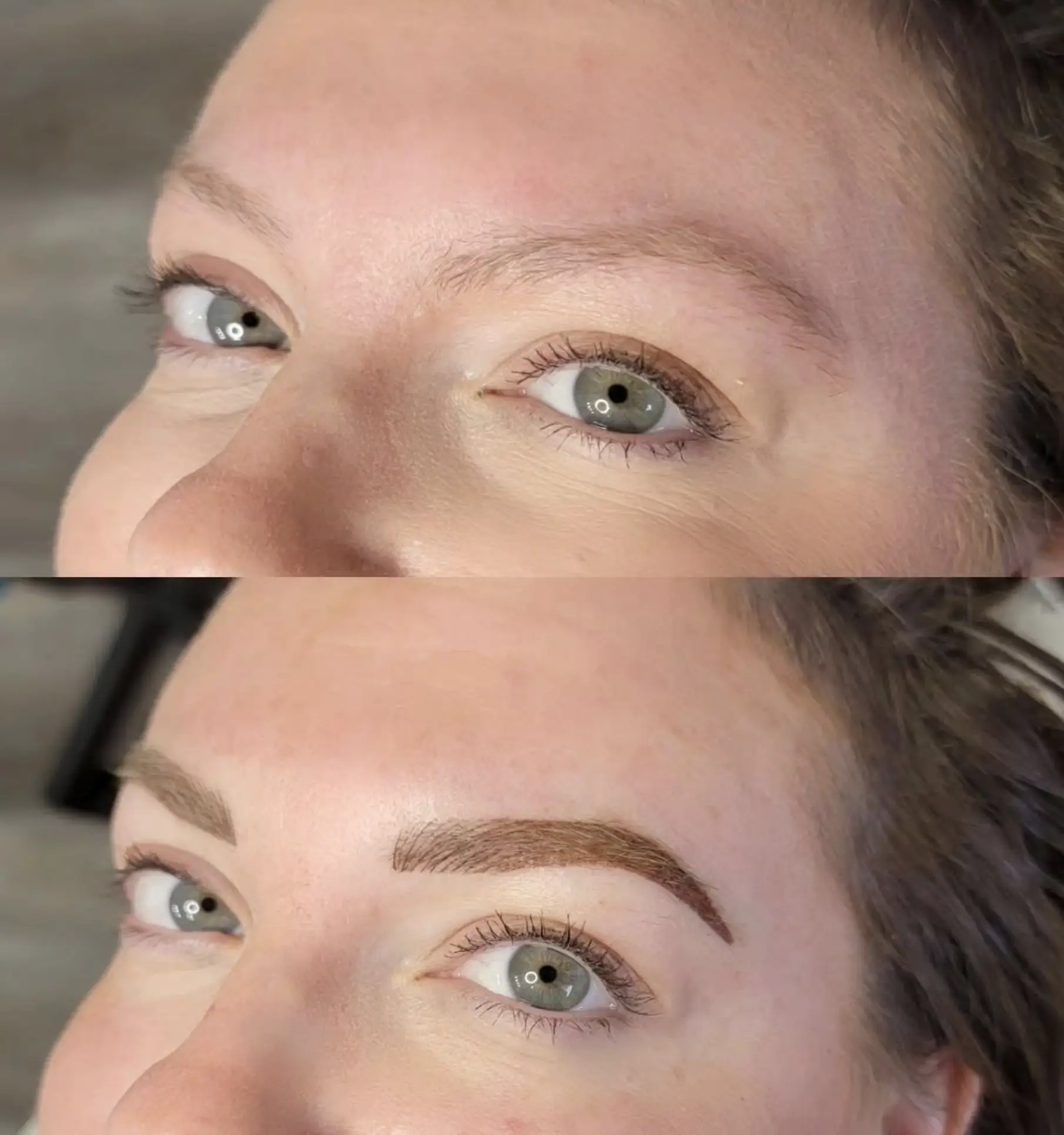In the world of beauty, eyebrow tattooing and microblading are the most important facial feature. A well-shaped brow can frame your face, enhance your natural features and boost your confidence. With microblading now more accessible than ever, not all brow shapes are created equal and knowing which technique to use for each shape is key to getting the best results. Here’s everything you need to know about microblading for each brow shape.
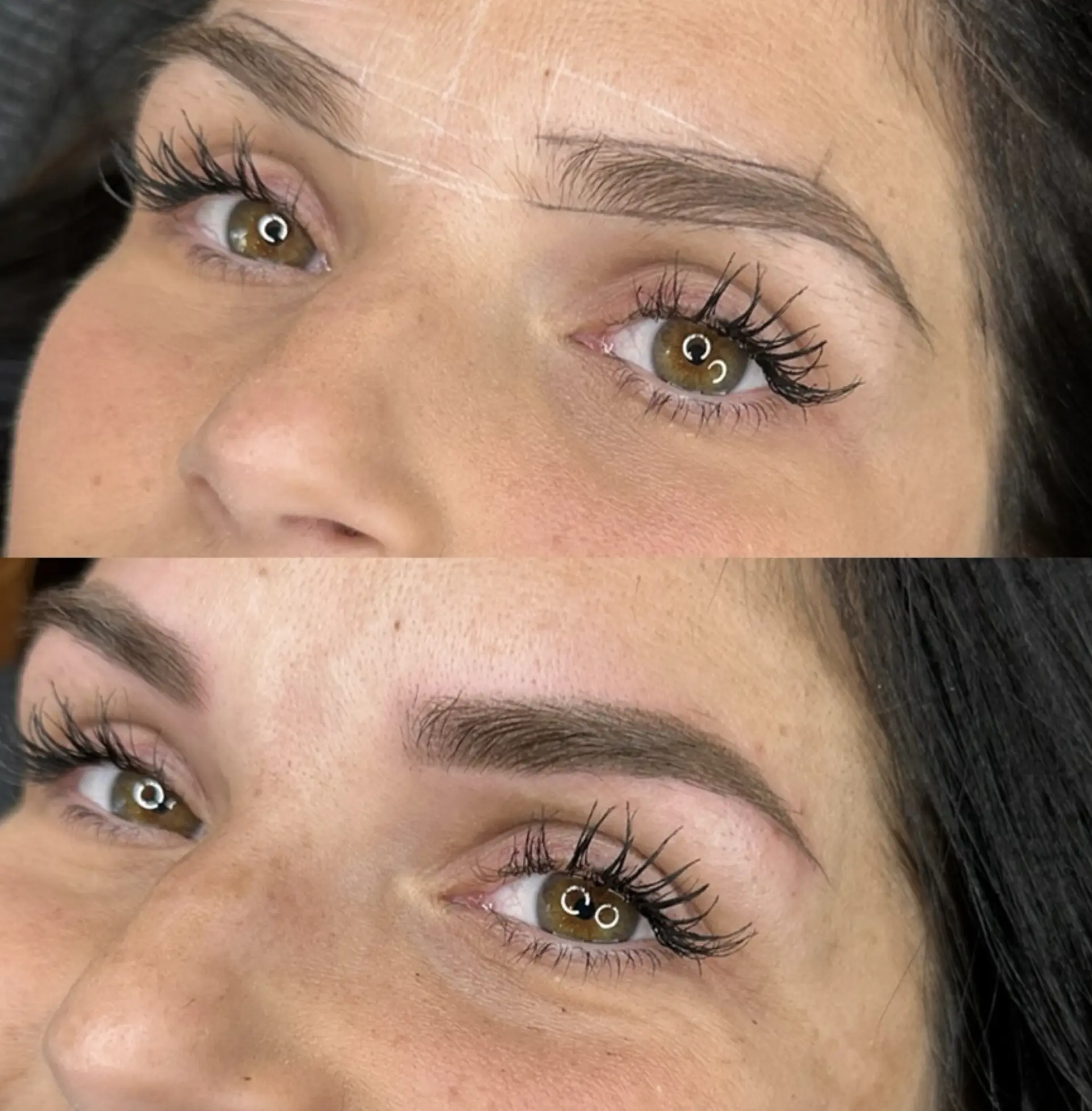
Your Complete Guide to the Trend
Microblading is a semi-permanent cosmetic procedure that uses a special tool to create fine hair-like strokes on the brow area. The process involves implanting semi-permanent pigment into the skin to give the appearance of fuller, natural-looking eyebrows. It’s great for people with sparse, uneven or patchy eyebrows. However, microblading eyebrows results can vary depending on the natural brow shape, skin type and technique used by the microblading artist.
This technique is perfect for people who want natural-looking brows, minimal makeup and a semi-permanent solution to uneven brows. The process is done using a manual tool to implant pigment shades that match your natural eyebrow hairs, taking into account your skin undertones, facial structure and personal preferences. A professional microblading artist can help you achieve your ideal brow shape by designing symmetrical brows that suit your unique features.
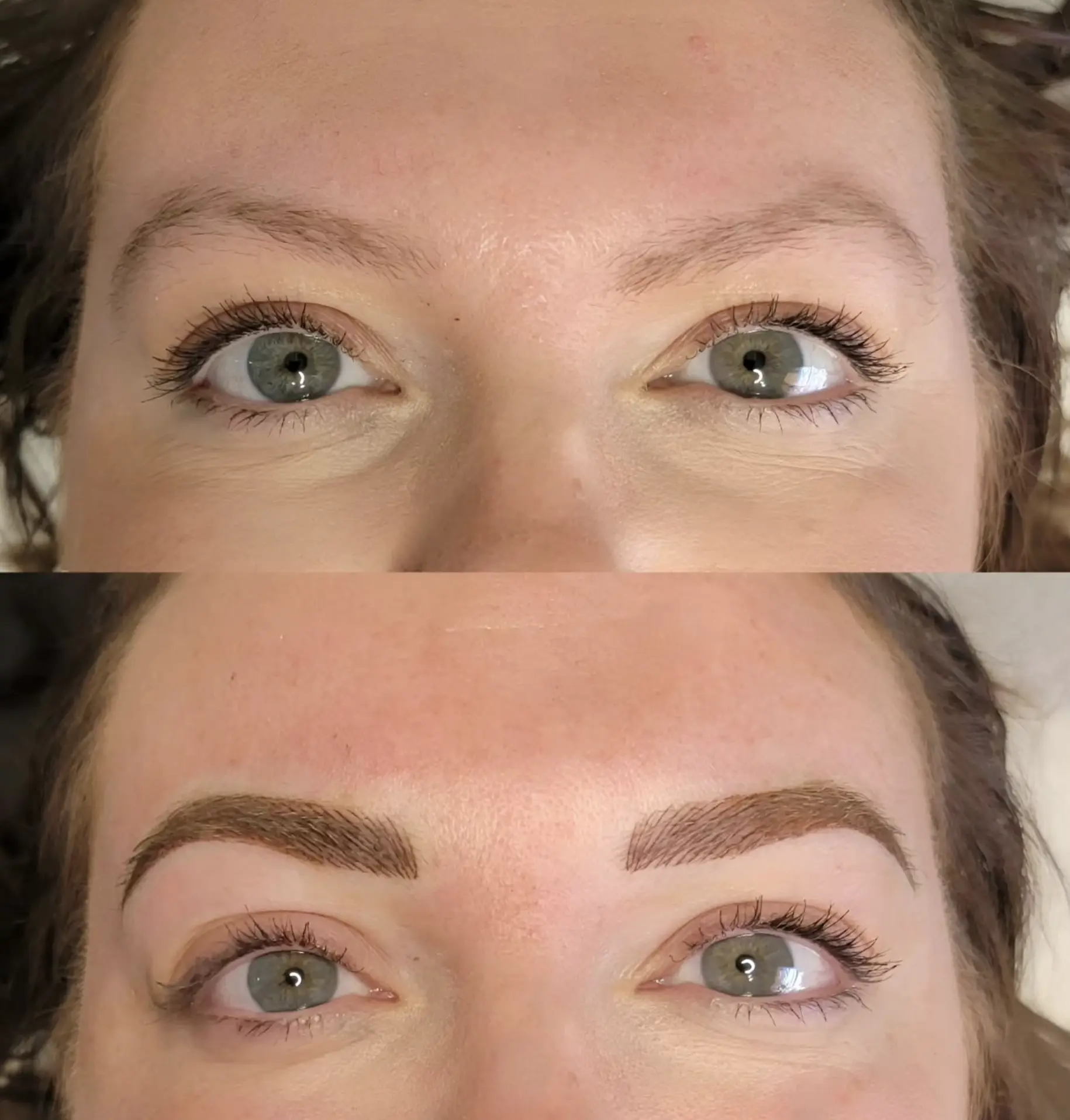
Matching Microblading Techniques to Brow Shapes
1. Straight Brows
Straight brows have minimal arch and are horizontal. This brow shape makes the face look more youthful and soft. For straight brows, microblading can add subtle volume and symmetry so the strokes follow the natural horizontal line without creating an arch. A light, feathery brow technique is best for a natural finish.
2. Arched Brows
Arched brows have a big curve, often peaking at the outer third of the brow. This shape is great for a lifted and sophisticated look. For arched brows, the microblade must emphasize the natural arch and balance the strokes in the head and tail of the brow. A mix of feathery strokes and shading is best for the arch.
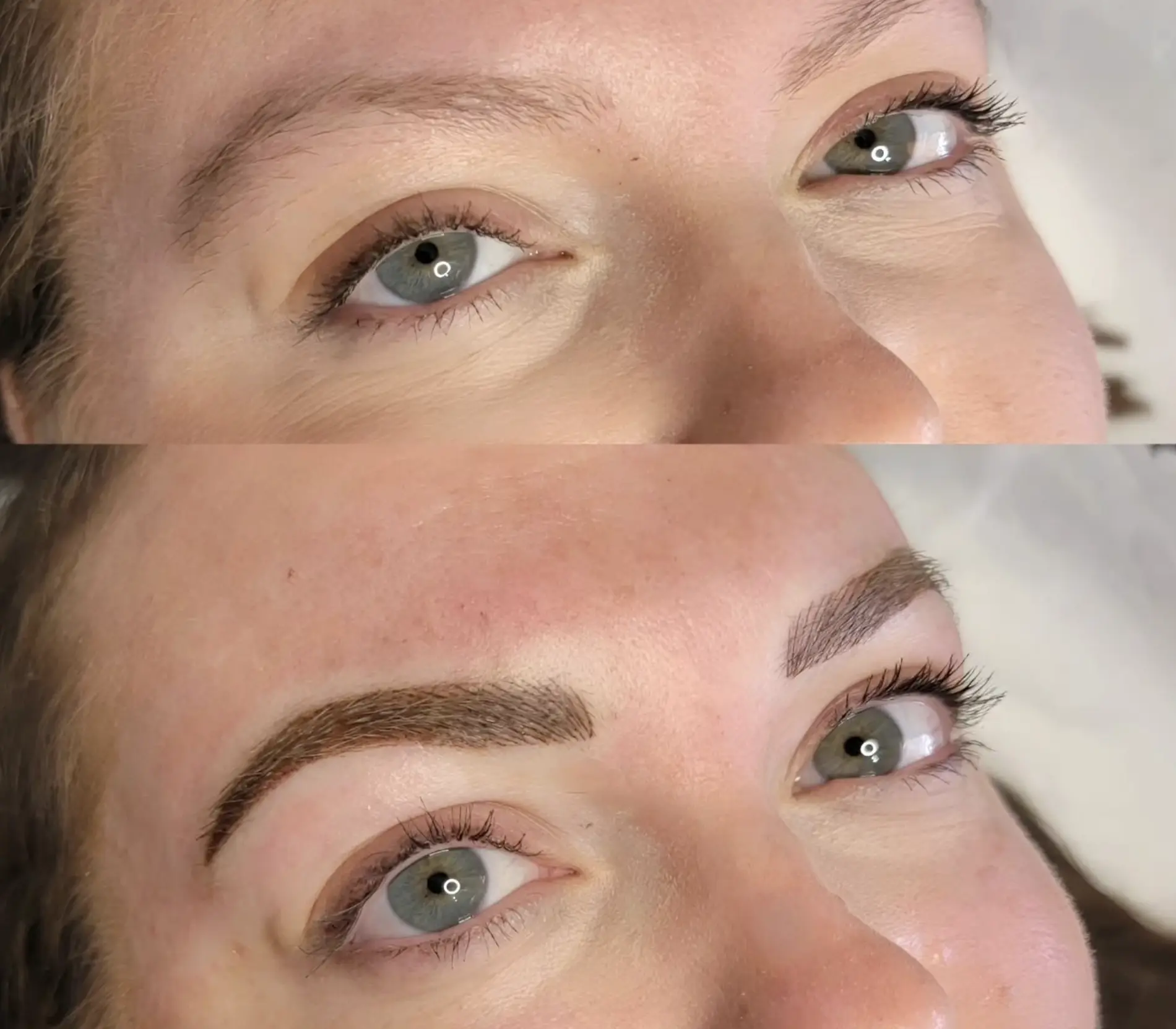
3. Rounded Brows
Rounded brows have a soft curve with no peak. This brow shape is great for softening angular features. When microblading rounded brows, the artist should create smooth, continuous strokes that enhance the natural curve. No sharp angles are key to a harmonious look.
4. High-Set Brows
High-set brows sit closer to the forehead, making the face look open and alert. These brows often need volume in the middle to balance their prominence. Microblading for high-set brows should fill in sparse areas with natural-looking brow strokes so the brows don’t look too heavy or overdone.
5. Low-Set Brows
Low-set brows sit closer to the eyes and can make the face look smaller or more intense. For low-set brows, microblading can lift the appearance by adding volume to the top of the brow. Placement of strokes is key to not looking crowded.
6. Combo Brows
Combo brows combine hair stroke microblading with shading techniques to create a fuller, more defined look. This is great for those with sparse brows, patchy areas or uneven brows. A skilled technician will use fine, hair-like lines to mimic natural brow hairs and add depth and dimension with soft shading.
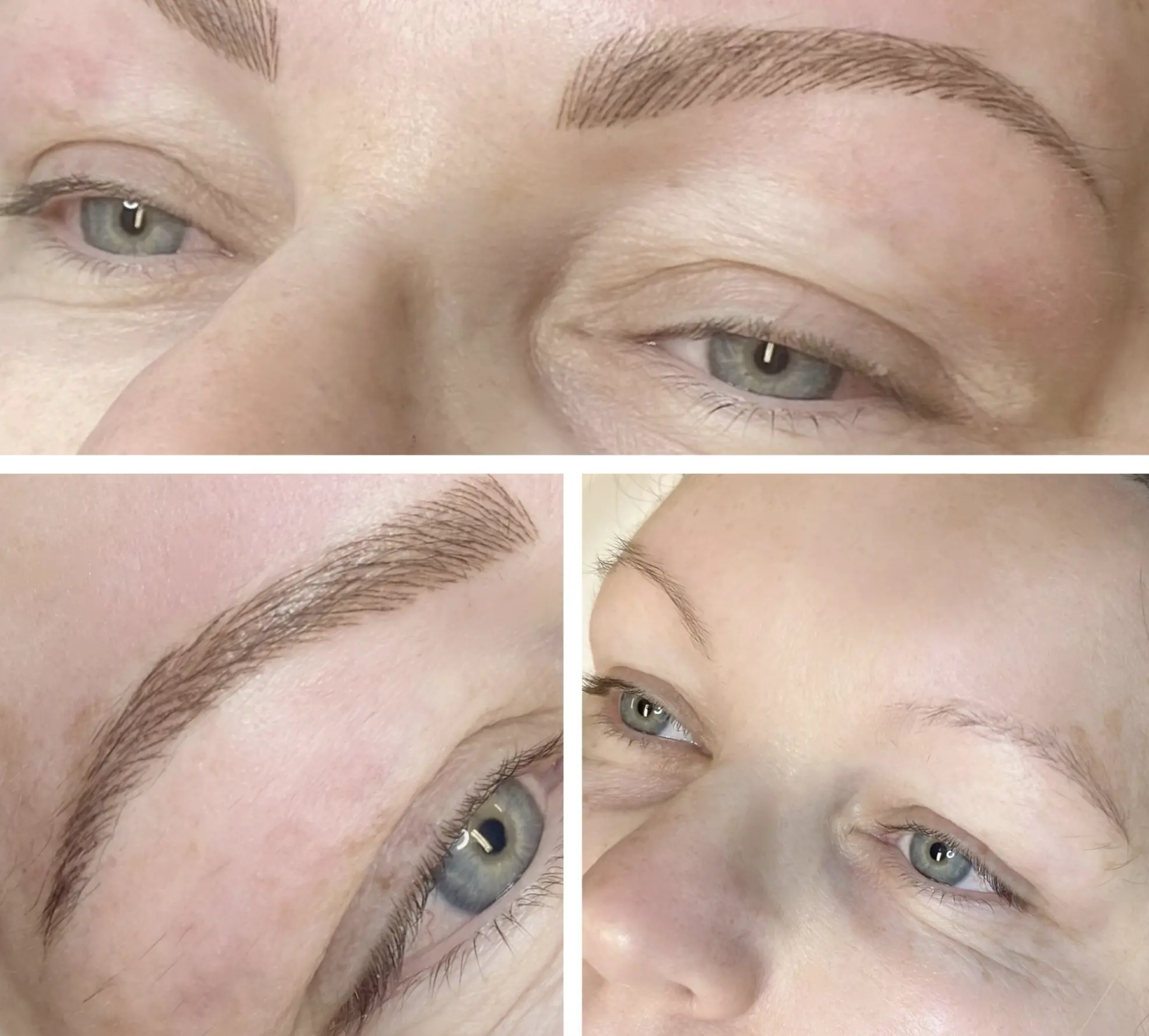
Before You Microblade
- Skin Type: Oily skin may not hold semi-permanent pigment as well as dry skin so that it may require more touch-ups. For sensitive skin or skin with uneven texture, it’s best to choose an artist who has experience with these conditions.
- Face Shape: The brow shape should match the overall face shape, whether you have a wider forehead, prominent cheekbones, a narrow chin or an oval face shape.
- Color Match: The pigment should match your natural brow and hair color. Warm undertones, cool undertones or neutral undertones.
- Aftercare: No harsh skincare products and no chemical peels to prevent fading and uneven healing.
- Personal: Your personal style, bold or natural.
Aftercare Tips
The healing process is a process. After the initial microblading session, you may experience some redness, itchiness and scabbing. These are normal parts of the microblading healing process. Follow these aftercare tips:
- Don’t use glycolic acid or harsh skincare products around the brows.
- Keep your brows out of the sun.
- Don’t touch or pick at scabs.
- Only use aftercare products recommended by your artist.
- Book a follow-up appointment for touch-ups after 4-6 weeks.
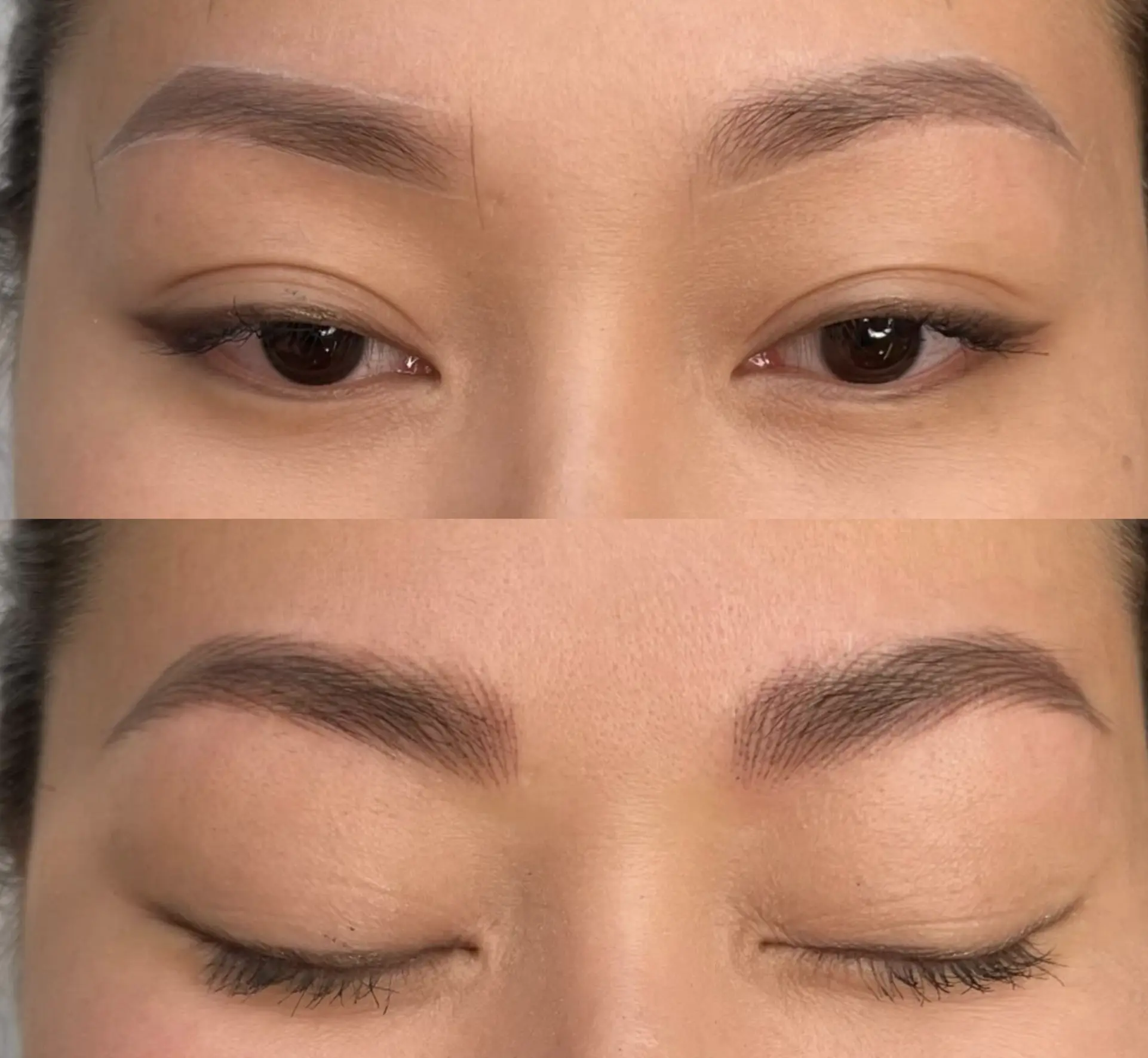
Microblading Styles
Microblading is a popular choice for beautiful symmetrical brows and for those who want a cosmetic tattoo that enhances their natural shape. Whether you’re looking for a traditional eyebrow tattoo or modern microblading techniques, you should consult an artist.
Microblading is not a one-size-fits-all solution. Depending on your preferences and face shape, you may want to:
- Ombre Brows: Soft, shaded look for a powdery finish.
- Hybrid Brows: Hair-like strokes and shading for a bold yet natural look.
- Feathered Brows: Light, natural-looking brow styles with subtle individual hair strokes.
- Powder Brow Technique: For those who want a makeup look.
Getting the brows of your dreams is no longer a pipe dream. With brow mapping and semipermanent solutions like microblading tailored to your- unique brow shape, you can have a natural and polished look that enhances your beauty without effort. Whether you like a soft arch, angled arches or a defined arch, consulting with a professional microblading artist is the key. By following aftercare and choosing the right style for your face shape, you can go on a brow journey that transforms your look while keeping your individuality.
FAQ
What’s the healing process like after microblading?
4-6 weeks. Brows will look darker at first but will fade to a more natural color as they heal. Scabbing, minor redness and itchiness are normal during this time.
How long does microblading last?
12-24 months, depending on skin type, sun exposure and skincare routine.
Is microblading painful?
Most clients say it’s mild discomfort, not pain. Topical numbing cream is applied before the initial procedure to minimize any discomfort.
Can I get microblading if I have sensitive skin?
Yes, but you need to consult with a professional microblading artist first. They can recommend pigments and techniques for sensitive skin.
How do I choose the right microblading artist?
Look for certified and experienced microblading artists with a portfolio of work. Read reviews, schedule a consultation and ask about their touch-up appointment policy.
